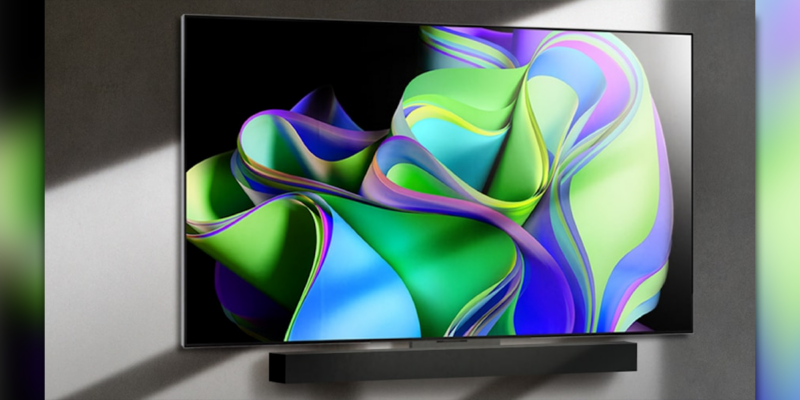Is Quantum Dot the Next Step in LCD TV Evolution?
By Yoonsung Chung
DisplaySearch
As the LCD industry matures and standardizes, industry players find it harder to differentiate. At the same time, AMOLED is competing in key markets such as smartphone and tablet PC displays, in part due to their color performance. One response to this situation is adoption of quantum dots, which promise high color gamut performance (over 100 percent of NTSC, or National Television System Committee, specification). This means that quantum dots can enable LCDs to offer similar color gamut performance to AMOLEDs.
Some brands have adopted quantum dots in their products, such as Amazon’s Kindle Fire HDX tablet PC and Sony’s Triluminos TV in 2013. However, quantum dots must surmount some hurdles to achieve wide usage. The first is the issue of Cadimium, which most quantum dots contain, and which is a regulated substance due to enviromental concerns. The second is the high price of quantum dot materials.

Quantum dot makers are working on solving these issues. For example, Nanoco has produced Cadmium-free quantum dot materials, and other makers have secured a temporary exemption for Cadmium in products with quantum dot-based displays imported into Europe. Regarding price, many materials and films makers are entering the market, especially from Korea such as Samsung, LG, Sangbo, LMS, Hanwha and SKC-Haas. Increased competition will likely help to lower prices in the near future.
As mentioned above, Korean makers have great interest in quantum dots. Since Korea has two giant brands — Samsung and LG – who are leading technology trends in the industry, it is natural and understandable. in our Quantum Dot Technology and Market Forecast Report, we forecast that penetration of quantum dots is relatively high in smartphones, as the panel cost is relatively small compared to TVs and other large sized applications, and quantum dot solution cost is relative low due to the small display size. In addtion, the high AMOLED penetration in smartphones indicates the competitive need for improved color performance in LCDs.
It is also noteworthy that Korean makers also have interest in quantum dots for TVs. It is believed that Samsung is putting resources into quantum dot LCD TVs and that they will release products soon. Since Samsung has recently de-emphasized AMOLED TV, it makes sense that they would look to quantum dots to improve LCD TV performance. Samsung may also be developing their own quantum dot supply chainas well. At the same time, Samsung’s biggest competitor, LG Electronics, may also have interest. Since the LG Group has its own chemical and optical film businesses, it is possible that LG can build a quantum dot eco-system as well, but LG is focused on AMOLED TV, so it is somewhat delicate situation for LG Electronics.
DisplaySearch forecasts that quantum dot penetration in LCD TVs will be less than 1 percent in 2015, but will approach 10 percent in 2020, meaning 2 million and over 26 million sets, respectively. If Korean makers are building up their own quantum dot eco-system, it could enable them to achieve lower costs with stable supply. Korean makers may be thinking of repeating their experience with LED TV, when they led in both technology and volume. If quantum dot TV is as successful as LED TV, it could extend the LCD TV era and hold off the threat of AMOLED TV. The key issue will be how the brands position and market quantum dot technology, and whether wide color gamut is attractive enough to consumers to enable a price premium.
We will be exploring quantum dot and other wide color gamut technologies at the Emerging Display Technologies Conference on August 5th in San Jose.
This column was reprinted with permission from DisplaySearch and originally appeared here.





